Hello. It's Hanes, a new correspondent!
Recently, I got a sports bike for some reason, so I took a trial ride in the city.![]()
Considering the traffic volume of pedestrians and cars in the city center, the maintenance of bicycle paths, etc.
Rather than enjoying running, I feel that pottering to enjoy visiting historical sites and shops is more suitable.
However, when it comes to sports bikes, pottering in the town is not enough....![]()
One thing to say selfishness is that I want a variety of undulations and scenery.![]()
This time, I would like to introduce a course (Hanes style) that fulfills such hope.
(* Photos in the article are taken at different times of multiple days.)
◼️ Seasonal Waterfront Course
Itinerary: Tsukiji - Toyomi - Harumi - Toyosu - Harumi - Kachidoki - Tsukiji
Time required (approximate): 45 minutes to 1 hour
Course Overview: A course for everyone who enjoys a variety of undulations and scenery in addition to seasonal spots such as Harumi's Athlete Village and Toyosu Market.
Recommended time zone: At any time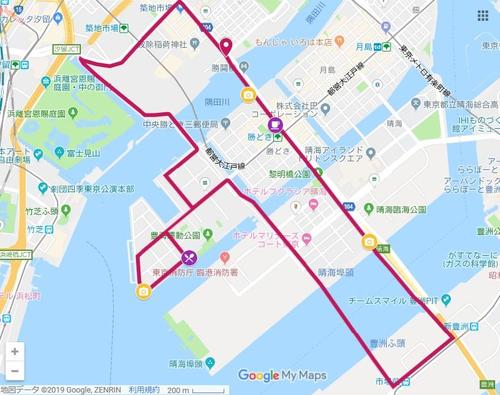
The starting point is in front of the Kachidokibashi Museum, located near Kachidokibashi.
Even if you go cycling in a group, there is a space where people can gather without disturbing pedestrians.
It is safe because there is also a public toilet.![]()
For those who come for sightseeing or do not have a bicycle, a community cycle with electric assist is convenient.![]()
I will introduce you later, but please check this map for the nearby cycle ports.
①Museum in Kachidokibashi
In front of the museum, there are monuments of the Navy Accounting School and traces of Kachidoki.
You can learn about the history of Kachidoki before departure.![]()
And if you are lucky, you may see bulbuls that stop in the surrounding trees.![]()
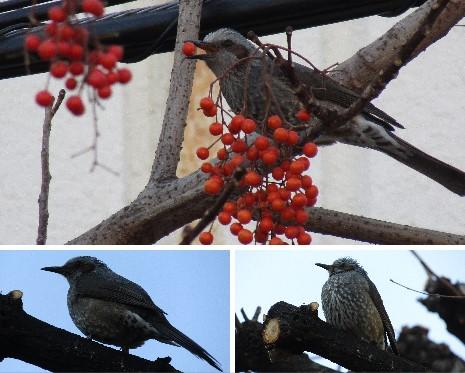
Well, the preface has become longer, but now we'll start for a ride in the waterfront area!
②Tsukiji Outer Market
The first thing you can see on your left after you start running is Tsukiji Outer Market, which is lined with about 460 shops.![]()
The average number of tenants at major department store food department stores in Tokyo is said to be around 80.
It's calculated that there are 5.7 times more shops here.
Please note that there is a large amount of pedestrians and cars around the out-of-market market.
Also, if you want to start around this area, which has good access from subway stations and out-of-market markets, you can use it as a starting point.
There is a cycle port near the traffic light of Ichiba Bridge, so it is convenient to use it here.![]()
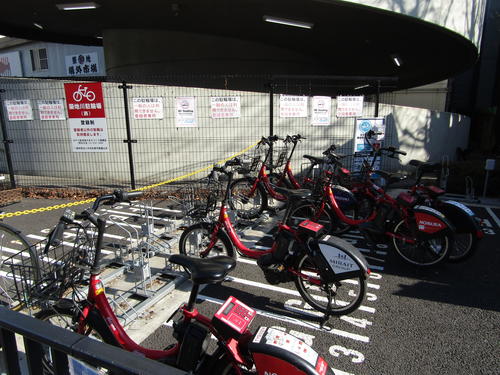
If you go south along the site of the market for a while, you will see a sticker indicating the entrance of Route 2 for pedestrians and bicycles.
It may be a bit difficult to understand for the first time, but the entrance is right in front of Ote-mon gate Bridge!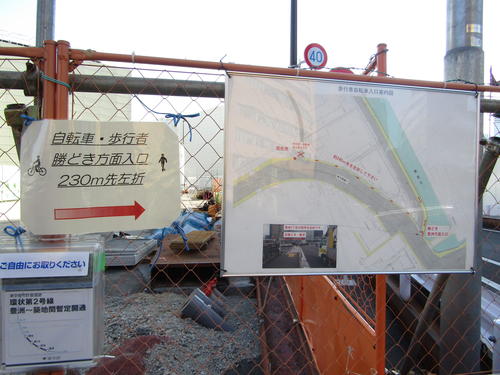
It turns a little bit when entering and exiting, but most of it is straight and wide, making it easier to run.![]()
While paying attention to pedestrians, it opens and crosses the bridge for about three months.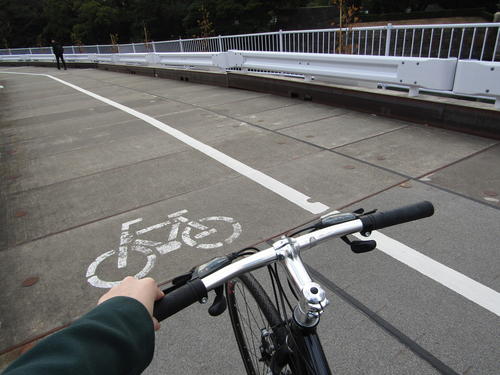
③Hamarikyu Onshi Garden
In the middle of a comfortable ride, you can enter your view....
Historic scenery and seasonal flowers of the Hamarikyu Onshi Garden, a nationally designated special scenic spot and special historic site.
In mid-February, I could see some of the canola flower, which is now in full bloom.![]()
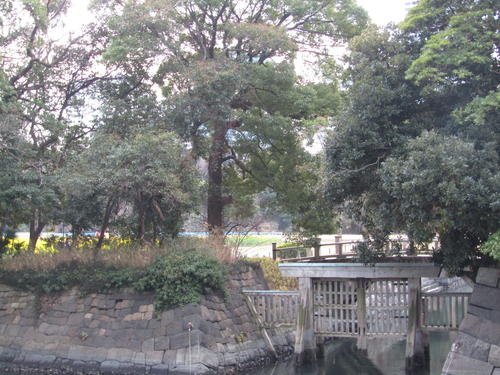
When I looked down on the surface of the water, I felt like I was called by someone.
A cute waterfowl was swimming with dexterous water.![]()
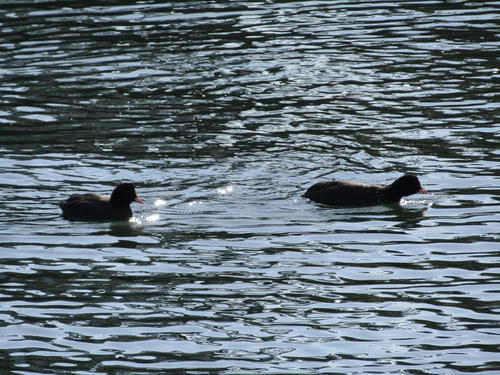
If you go a little further, you will see the Hamarikyu dock, the lighthouse ruins, the Tsukiji River sluice gate, etc.
From this area, you can see the famous buildings of the ancient and modern times, Hamarikyu Garden and Rainbow Bridge at the same time!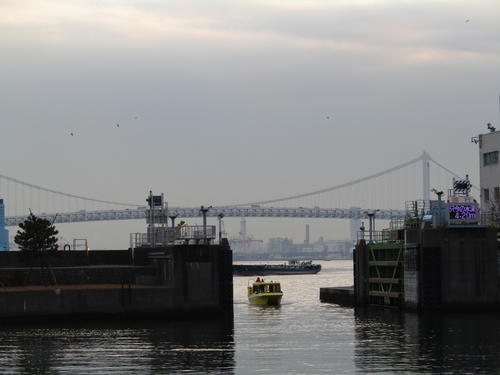
④Tsukiji Ohashi
The flat road ends once in front of the bridge and becomes a gentle uphill.
Senior correspondent Mr. Satsuki's Koi Blower introduced it before.
Check the calligraphy of former Tokyo Governor Yoichi Masuzoe and proceed to the destination!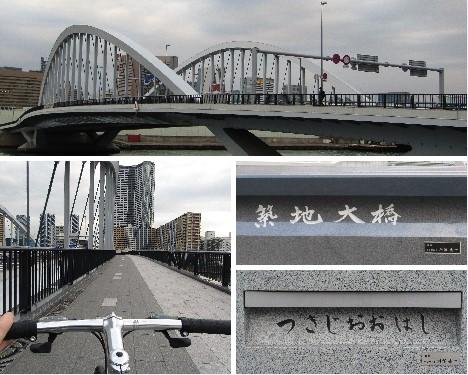
After crossing the bridge, head to the pier with a ship from Tokyo University of Marine Science and Technology.![]()
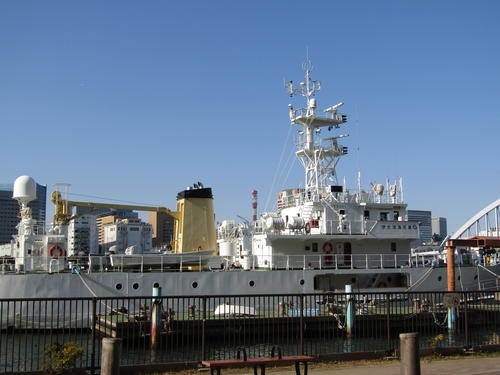
⑤Toyomi Fisheries Wharf
This area has many warehouses and many trucks.
There is a view that looks like a port town reminiscent of a market in Tsukiji.![]()
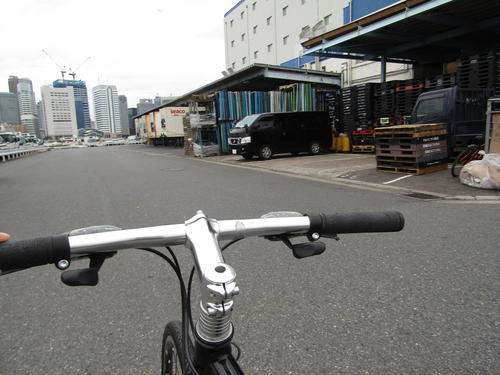
From here, you can see Harumi Wharf, the athlete's village under construction, the Rainbow Bridge, etc.
It's not as famous as Harumi Wharf, but it's a great photo spot.![]()
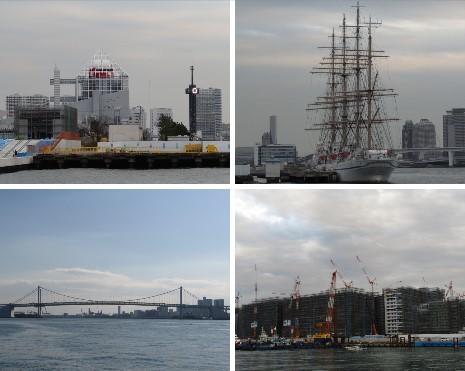
As you can see in the picture above, the view at dusk is also good.
You can take a memory of cycling against the backdrop of the blue sky during the day and the shining water surface.![]()
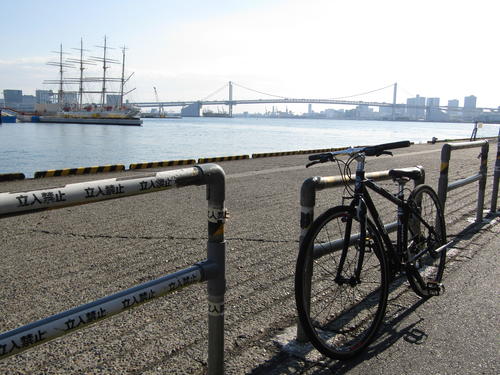
⑥Tuna Wholesale tuna bowl shop
After that, if you run a little while looking at the Asashio Canal to the right, you will see something like a shop.
That's the tuna wholesaler's tuna bowl shop!
Senior correspondent HK introduced in detail in 2017.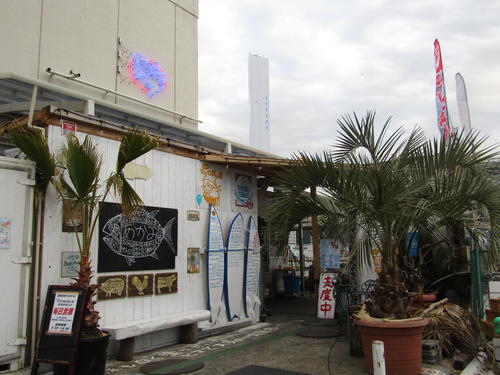
The menu is written on the surfboard.
"Tuna wholesale tuna bowl", which is also the name of the store, is 600 yen!
Personally, I'm worried about "super rich bisque soup shrimp buckwheat".![]()
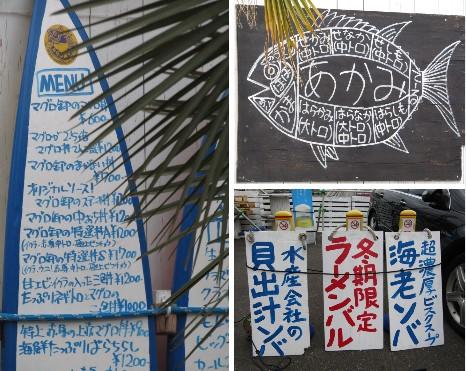
For cycling in the morning, take a break that also served as lunch here.
Why don't you enjoy the seafood and scenery unique to the waterfront?
After that, go back along Route 2 and continue the ride.![]()
⑦Reimei Ohashi, Toyosu Ohashi
Like Tsukiji Ohashi, this is also a relatively recently opened road.
Fortunately, the bicycle path is well-maintained.![]()
However, there are pedestrians, so drive with care for speed.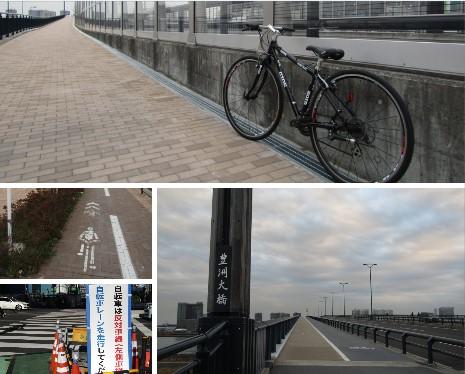
After experiencing a moderate uphill, you can see the scenery unique to the waterfront.
"The slope was hard, but I'm glad I came![]() ."
."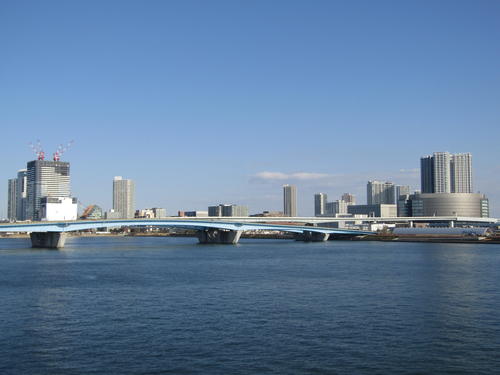
⑧Toyosu Market
When you go down Toyosu Ohashi, you will see the Toyosu Market.![]()
This is not Chuo-ku, but it is one of the seasonal spots related to the former Tsukiji Market!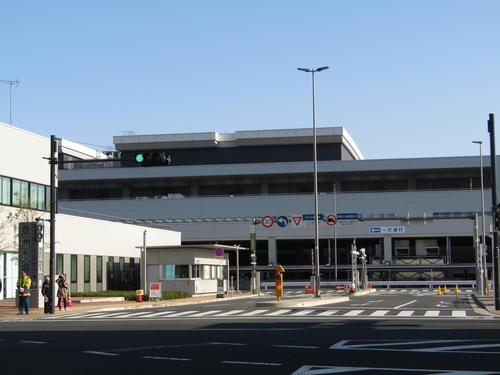
⑨Harumi Ohashi
Pass the Toyosu Market, cross the Harumi Ohashi and return to Chuo-ku.
As you can see in the article by Senior Correspondent Sumida Fireworks, Harumi Ohashi has some undulations.
Even a woman like me can cross it without difficulty.
If you use a community cycle with electric assist, you can use it.
You can cross with a smile without having to look rugged.![]()
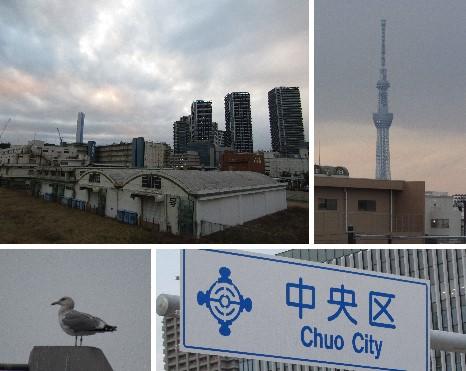
From this area, you can see warehouses, tower apartments, and sky trees.
I don't get tired of the scenery![]()
After that, we only run to the goal point, Kachidokibashi Museum, but also to the goal point.
Why don't you take a short stop before that?
⑩Derido Kachidoki Ekimae Store (with bicycle parking)
This is a supermarket used by people living in the surrounding area.
With self-service, you can enjoy your specialty coffee at an affordable price.![]()
At the time of the visit, in addition to the commonly seen coffee, you can see the coffee.
There were also flavor coffee such as caramel vanilla and organic coffee.![]()
There are two sizes, 12oz (about 355ml) and 16oz (about 470ml).
Surprisingly plenty, but you can adjust the amount yourself for self-service!
Get off the bicycle and move to the east side of Kachidokibashi with a cup of coffee.
It is also a luxurious time to see Tokyo Tower and Kachidokibashi ![]() (the night view is recommended).
(the night view is recommended).
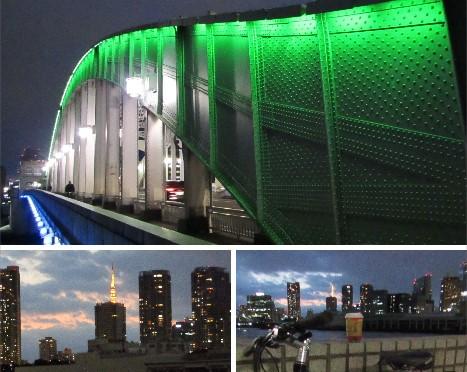
If you take a break and cross the bridge, the museum is right there.
This time, I used photos from different time zones, so it may have been difficult to understand.
As I wrote at the beginning, you can make a lap in 45 minutes to 1 hour.![]()
Finally, looking back on the course, the historical scenery such as the Hamarikyu Onshi Garden is the garden.
Modern landscapes such as Tower Mansion, Rainbow Bridge, Sky Tree, and Tokyo Tower.
And the scenery of warehouses, ships, sluice gates, etc. unique to the waterfront.
I was able to see a lot of landscapes that were rich in change and did not get tired of my eyes.![]()
In addition, many of the roads that ran this time (other than around Tsukiji and Toyomi Fisheries Wharf) have bicycle paths.
The road width is wide and easy for children.![]()
Whether you live in the city or have come to Chuo-ku for sightseeing from Japan and overseas, you can also visit the city.
This is my favorite course that I would like to recommend.![]()
![]()
※When riding a bicycle, follow the manners and rules.
Don't forget to wear a helmet or turn on the lights after darkening....
Chuo-ku Tourism Association Official Blog
Chuo-ku Tourism Association correspondent blog
Introducing Chuo-ku's seasonal information by sightseeing volunteer members who passed the Chuo-ku Tourism Association's Chuo-ku Tourism Certification and registered as correspondents.
List of AuthorsRecent blog post
|
I recommend cycling correspondent! Seasonal Waterfront Course
Wild birds at Ishikawajima Park ・ Winter 2018-2019
This winter, when birdwatching at Ishikawajima Park entered its fourth year, I feel different from the usual year. The small number of winter birds coming from Siberia and northern China. Waterfowl northern pintail usually has 25,6 to 17,8 birds, but this year it is 7,8 birds. Eurasian wigeon usually has three groups of 14 or 5 birds, but this year only 12 birds. Also, little birds daurian redstart and dusky thrush are hard to appear.
Why is it? Many wintering places are under construction this year, and there are many rats nearby due to the relocation of Tsukiji Market, so there are many raptors that feed on them, and birds and water birds are moving.
In such an environment, I would like to introduce the birds that I met this winter.
northern pintail and Eurasian wigeon. Both act in groups of 14 or 5 every year. In particular, Eurasian wigeon was so cautious that he only came to the park on a rainy day with little crowds. But perhaps because of the small number this year, it may be mixed with northern pintail, and even on such a sunny day, four birds came close to people. This is a rare thing! That's right.
I'm thrilled to be able to shoot Eurasian wigeon so close.
Next, I would like to introduce it to you. Only one bird comes every year. It's not a long stay, so I'm lucky to meet you. It's endangered species and it's just a few birds in the surrounding Kasai Rinkai Park Wild Bird Garden.
When you dive to catch food, you'll die. Come here! Come! If you think about it, it will rise to a very close distance! !Please pay attention to your head. A little crown is coming out. Summer hair increases more, but unfortunately it is not visible in Japan.
Next is mallard, which shines in the morning sun at the base of Ukishima.
Every year in mallard, only one pair is observed here in Ishikawajima Park, but many are found in Hamarikyu Gardens. It seems that mallard is the one who can eat the most delicious duck with no smell. At the hunting ground with many kinds of ducks, you must have been targeted first.
By the way, the birds that can be seen all year round could also observe cute appearances.
Hakusekirei
Three sparrows?
It's a "mofumofu" figure unique to the cold winter.
Winter birds in Ishikawajima Park. This year's situation is a bit nervous, but please enjoy a walk while looking for wild birds.
Visit Tamino Shrine in Settsu Country
Tsukuda Island was built by fishermen invited Ieyasu Tokugawa to Edo from Tsukuda, Osaka. After that, Tsukuda Island also contributed to the construction of Tsukiji Honganji after the Great Fire of the Meiryaku era (1657), and Tsukuda Island occupies an important position in understanding the history of Chuo-ku. As one of the correspondents, I thought that I should keep my eyes on the roots of Tsukuda Island, so I went out on a business trip to Osaka and visited Tsukuda in Nishiyodogawa Ward.
I heard that Ieyasu Tokugawa's Toshogu Shrine is on the grounds, but other places such as "Konpira Shrine" (Kompira-san), "Nana Shigeyuki-sha" (Ise-san), and "Inao-sha" (Inari-san) are enshrined.
Monument to "Tsukuda fishermen related to the land" closely related to Chuo-ku. There is also an explanation board that describes the relationship with Ieyasu and the origin of Sumiyoshi-jinja Shirine. There is also an explanation about the exchange between Tsukuda Elementary School in Osaka City and Tsukudajima Elementary School in Chuo City.
By the way, this area is located in the zero-meter area, and there was a sign next to the torii gate "-0.8m above sea level". It is located on a low-lying ground protected by the concrete dike. It was a journey that reminded us of the importance of the flood control disaster, while thinking about history.
Crossing Kachidokihashi Bridge across Kachidokibashi Bridge
A walk on a sunny day. From Kachidokibashi to Tsukiji. A sunny day walk. Kachidokihashi Bridge from Tsukiji district. If you look up, it looks like this. Looking up.
A relief that you can clearly see that it was opened in the shape of C. By looking at the rerief, can imagine how the bridge used to open in old days. And from Kachidoki. A view from Kachidoki district.
Literaries related to Chuo-ku
Hello, this is Minato kid. After the Meiji Restoration, modern literature was nurtured in our Chuo-ku. Newspapers were born one after another in Ginza Brick Street, and the information industry was developed. In addition, many cultural figures visited Chuo-ku and drew scenes of Chuo-ku in various works such as novels and plays. Today, I examined literary people who are closely related to Chuo-ku.
Kitamura Tokoku (Kitamura) Meiji 1st year-Meiji 27 (1868-1894) Literary critic and poet. Born in Odawara. In 1880 (1880), he moved to Tokyo Yazaemon-cho, Kyobashi-ku (currently Ginza 4-chome, Chuo-ku). Transferred to Yasuaki Elementary School. He is involved in the liberal rights movement set in Ginza. 1889 (1889) Announced "Shu Prison's Poet" and "Renna Song". Participated in the creation of the "Literature World" and presented numerous criticisms such as "Internal Life Theory". Toson Shimazaki (Shimazaki) Meiji 5-Showa 18 (1872-1943) Poet and novelist. Born in the house of Shoya in Nagano Prefecture. In 1881 (1881), he moved to Yariya-cho, Kyobashi-ku (currently Ginza 4-chome, Chuo-ku). He studied at Yasuaki Elementary School and graduated from Meiji Gakuin. Through the activities of the literary world, he learned Kitamura Toya and was deeply influenced. From 1907 (1907) to the following year, "Spring" was written at Kaikaikan (currently Tsukuda 3-chome, Chuo-ku), and his representative work "Before Dawn" was performed at Tsukiji Small Theater. Ryunosuke Akutagawa, Ryunosuke Meiji 25-Showa 2 (1892-1927) Noveler. Born in a milk ranch in 8-chome, Irifune-cho, Kyobashi-ku (currently Akashi-cho, Chuo-ku). Soon after birth, he moved to his mother's home in Honjo Ward. Graduated from Tokyo Imperial University. Entered the gate of Soseki Natsume and became a doujin of the third and fourth "Shinshicho". Representative works include "Rashomon", "Nas", "Hell thread", "Kappa".
Torahiko Koori (Koori Torahiko) Meiji 23-Daisho 13 (1890-1924) Playwright. Born in Minami Hatchobori 3-chome, Kyobashi-ku (currently Minato 1-chome, Chuo-ku). He entered the English Department of Tokyo Imperial University from Gakushuin. "Shirakaba." In 1913 (1913), "Dojo-ji Temple" will be performed at Jiyu Theater. He traveled to Europe and wrote "Tetsuwa" and "Yoshichoki". It was performed in London and gained popularity. Bosha Kawabata (Kawabata) Meiji 30-Showa 16 (1897-1941) A poet. Born in 2-chome Kakigaracho, Nihonbashi-ku (currently Nihonbashi Ningyocho 2-chome, Chuo-ku). He became a painter and studied under Ryusei Kishida. Because of his illness, he devoted himself to Haiku and studied under Kyoshi Takahama. "grayheaded cuckoo," he said. There are "Bosha Kawabata Kushu", "Kagon" and "Shirachi" in the haiku collection. Kayo Yamagishi (Kayo Yamagishi) Meiji 9-Showa 20 (1876-1945) Noveler. Born in Aburamachi, Nihonbashi-ku (currently Nihonbashiodenmacho). He went to Tokyo College of Technology (the predecessor of Waseda University) and studied under Shoyo Tsubouchi. Later he entered the gate of Koyo Ozaki. "Ikuriyusha" is the same person. Announced "Nihonbashi Literature" based on the townscape where he was born and raised, such as wholesale district and geisha district. "The beginning of service", "the temperament of this life", etc. Later, he worked for the Yomiuri Shimbun as a commentator. Shigure Hasegawa (Shigure Hasegawa) Meiji 12-Showa 16 (1879-1941) Kabuki screenwriter, legendary writer, novelist, essayist. Born in Aburamachi, Nihonbashi-ku (currently Nihonbashiodenmacho). Debuted in 1905 (1905) with "Umishione". He builds his position in the biography of women. In 1933 (1933), he published the magazine "Keiku" and sent many female writers and critics to the world. In his essay, "Old Mon Nihonbashi" is a masterpiece. Kanajo Hasegawa (Hasegawa) Meiji 19-Showa 44 (1887-1969) A poet. Born in Honishi-cho, Nihonbashi-ku (currently Nihonbashi 2-chome). Supports the magazine "Kareno" presided over by her husband, Kaizo Tomita (Reiyoshi Hasegawa). He studied under Kyoshi Takahama. In 1930 (1930), he launched "Suimei" and became a pioneer of female poets. The phrasebook includes "Ametsuki" and "Lake Flute", and the essays include "Koyuki" and "Yukiki". Junichirou Tanizaki (Tanizaki) Meiji 19-Showa 40 (1886-1965) Born in Kakigara-cho, Nihonbashi-ku (currently Nihonbashi Ningyocho 1-chome, Chuo-ku). He studied at Sakamoto Elementary School. Representative works such as "tattoo", "love of chijin", and "Shunkinsho", which are considered to be aesthetics. He also published naturalist literature and modern translations of The Tale of Genji. "Hosoyuki" published after the war is considered to be the ultimate in Tanizaki literature. Michizo Tachihara (Michizo Tachihara) Taisho 3-Showa 14 (1914-1939) A poet. Architect. Born in 3-chome, Tachibanacho, Nihonbashi-ku (currently Nihonbashi Hisamatsucho, Chuo-ku). He studied at Hisamatsu Elementary School and graduated from the Department of Architecture, Faculty of Engineering, Tokyo Imperial University. I liked tanka poetry since I was a teenager and was influenced by Tatsuo Hori. Participated in the first publication of the poetry magazine "Shiki". Announced a collection of poems "Some by Kayakusa" and "Poetry of dawn and evening". Received the 1st Chuya Nakahara Award. It was interesting to note that literary activities that pioneered the times were unfolded here in Chuo-ku, as well as that each literary person was connected in Chuo-ku. In addition, many works were born in Chuo-ku, and the appearance of the town at that time is alive in the story, and conveys the scene now. It remains in many films, not only in novels and plays, but also in films. (The photo shows the "Kitamura Toya / Toson Shimazaki Monument" built at Yasuaki Elementary School and Yanagi Nisei in Ginza) Correspondent Minato kid, Chuo-ku Tourism Association
No. 34 February 11, 2019 The frozen Tsukuda Park
This is the first snow cover in the city center this season. The lowest temperature in the morning was -0.5 ° C, and it was severely cold at 0.3 ° C even at noon. The north wind blows, and during the daytime it is cold below freezing. Kiki in Tsukuda Park is also light makeup. The whole area is wrapped in a fantastic atmosphere, but the appearance of water birds visiting the pond and splashing water is truly cold. |
MenuArchiveLinks |

 Eurasian wigeon with northern pintail (the head is yellow)
Eurasian wigeon with northern pintail (the head is yellow) northern pintail
northern pintail Eurasian wigeon
Eurasian wigeon  The grebes I met on January 24
The grebes I met on January 24 mallard
mallard 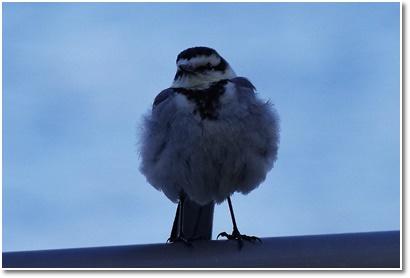

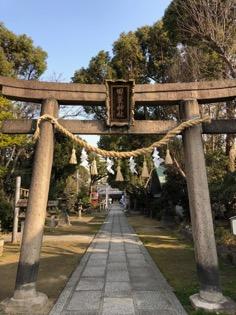
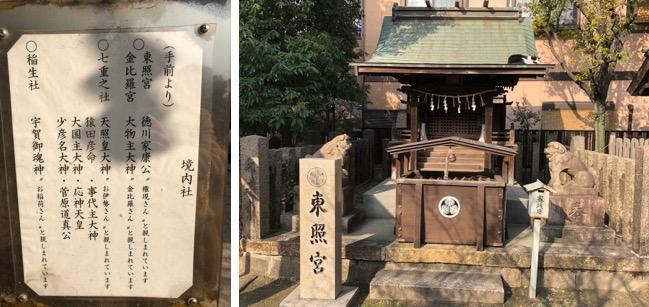
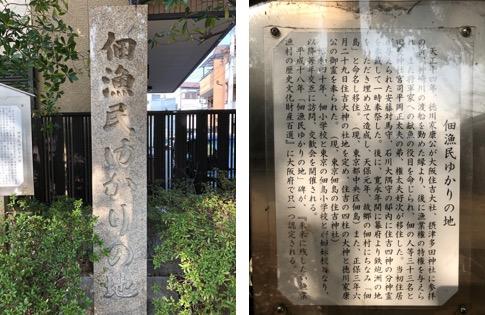

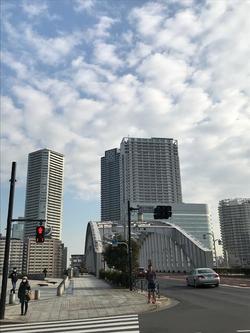
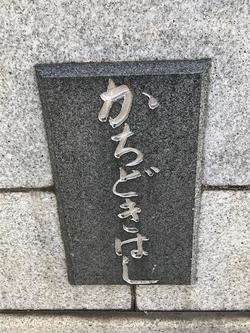
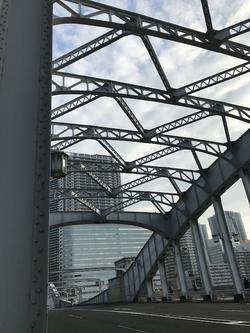
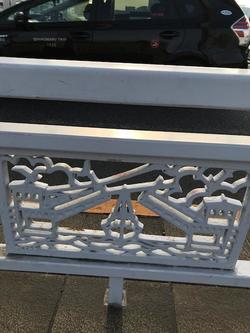
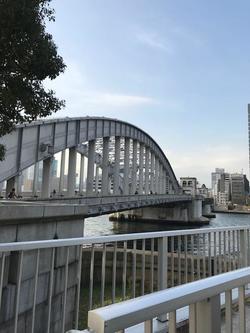
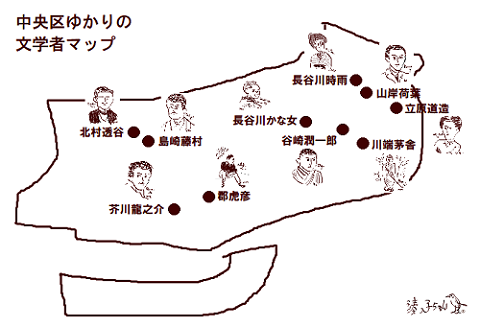
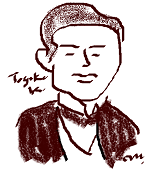
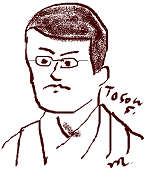
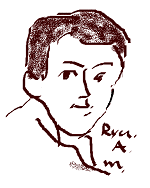
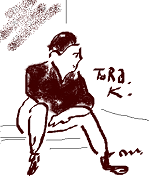
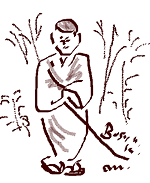
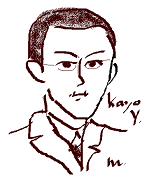
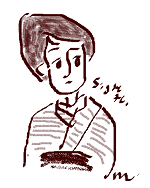
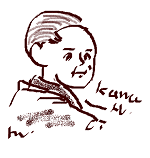
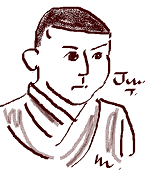
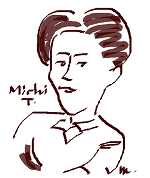
 He was born and raised in Chuo-ku and represents the times.
He was born and raised in Chuo-ku and represents the times.
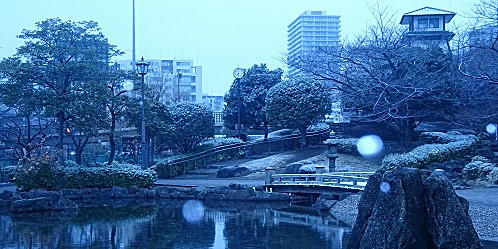
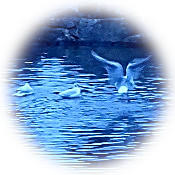 In the Kanto region, on February 9, the first day of the three-day holiday, due to strong cold air and low pressure, snow patterned on coastal and inland parts, and the ground became slightly white after 6:00 am in the city center, less than 1 cm Observation of a little snow.
In the Kanto region, on February 9, the first day of the three-day holiday, due to strong cold air and low pressure, snow patterned on coastal and inland parts, and the ground became slightly white after 6:00 am in the city center, less than 1 cm Observation of a little snow.
